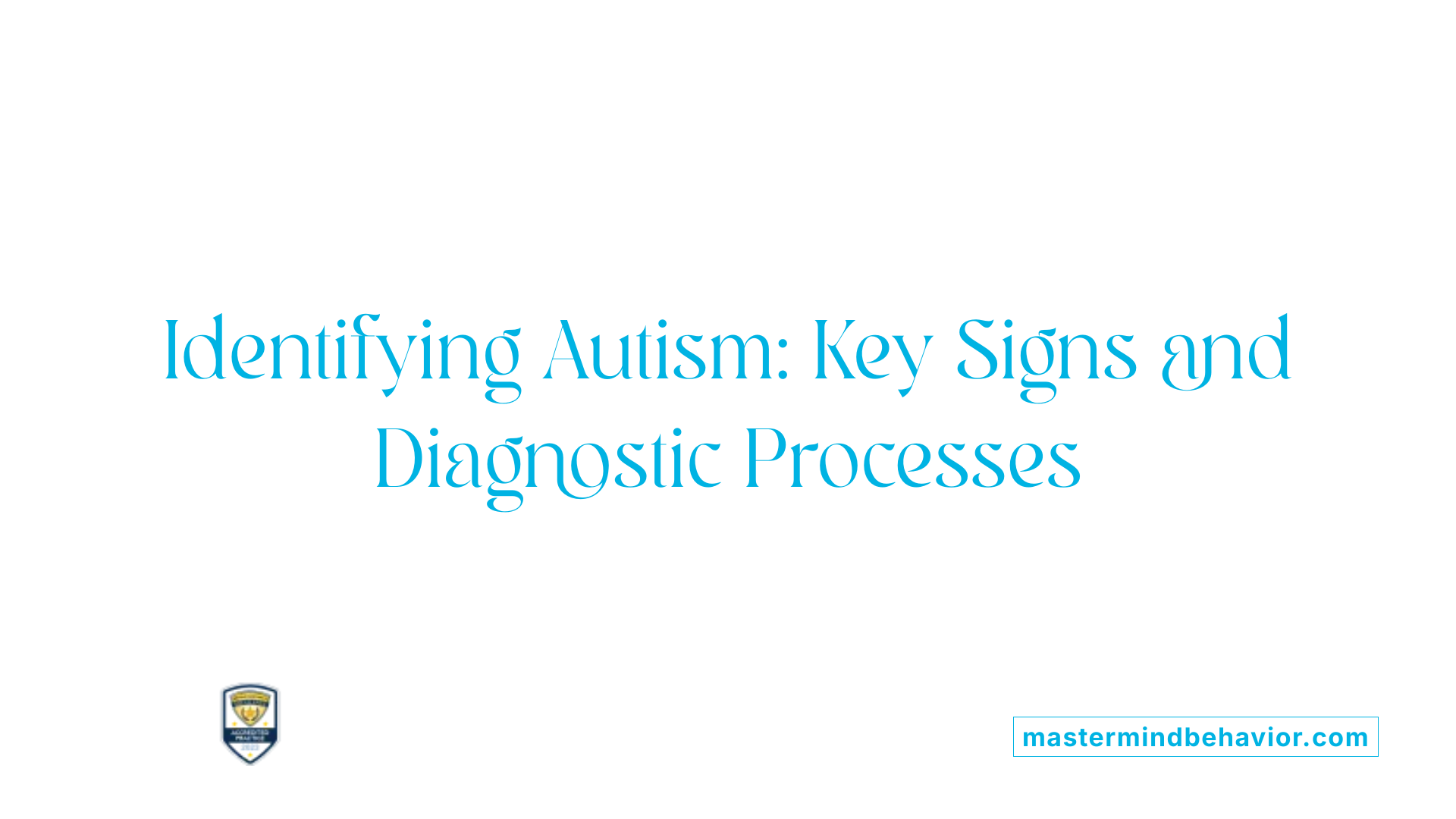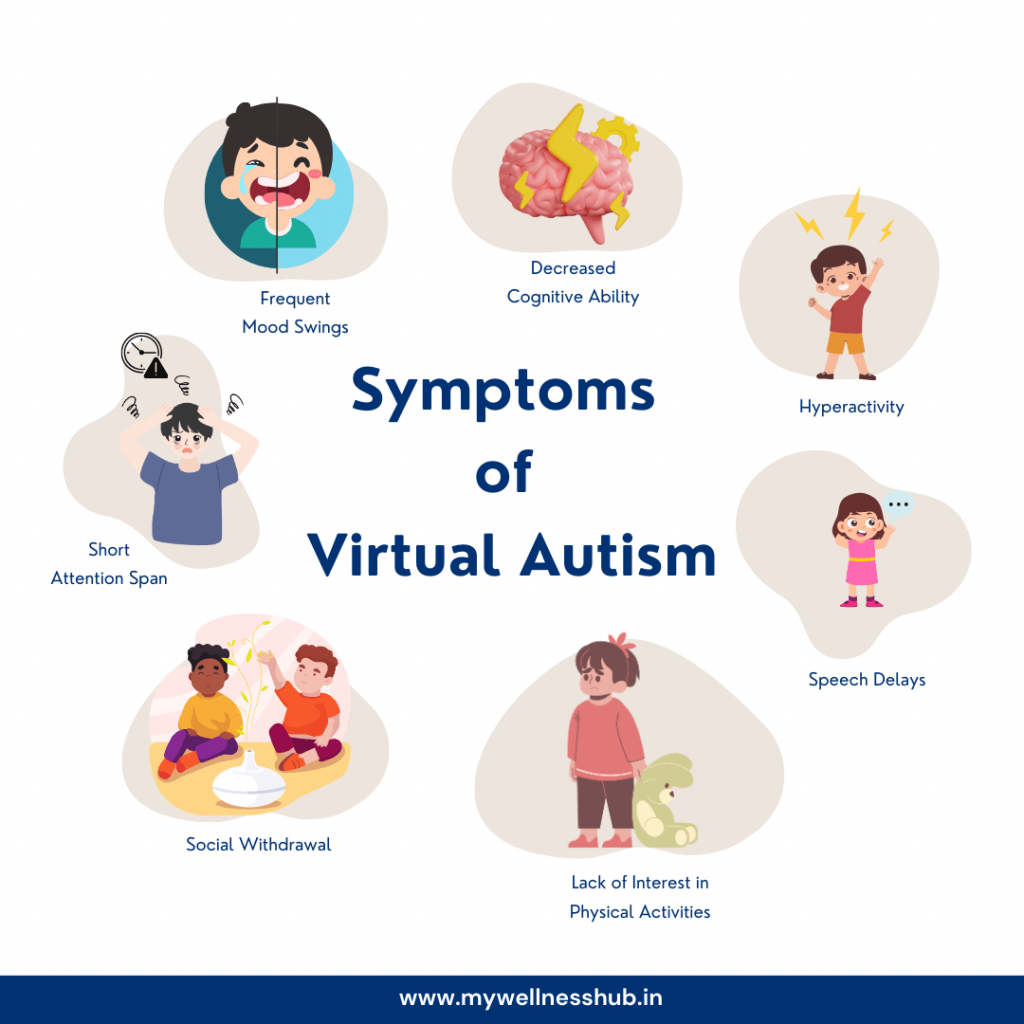Is it time to explore help from an Aba Therapist nearby
Is it time to explore help from an Aba Therapist nearby
Blog Article
Comprehending the Influence of Behavioral Autism on Every Day Life and Social Interactions
You may not understand just how deeply behavior autism impacts everyday life and social communications. People on the spectrum commonly navigate a world loaded with interaction difficulties and sensory overload. These challenges can result in disappointment and isolation, affecting their partnerships and overall health. Understanding these nuances is essential for promoting helpful environments. What strategies can we apply to create even more inclusive spaces and meaningful links? The answers might shock you.
Specifying Behavioral Autism and Its Characteristics
Behavioral autism, typically described as autism range problem (ASD), includes a variety of conditions defined by difficulties in social interaction, interaction, and repetitive behaviors. You might see that people with ASD commonly have a hard time to interpret social cues, which can lead to misunderstandings in conversations. They may locate it difficult to establish eye call or take part in tiny talk, making social circumstances feel overwhelming.
Interaction troubles can show up in various means, from delayed speech development to a choice for making use of less words. By acknowledging these attributes, you can foster a setting that advertises acceptance and urges reliable interaction, aiding people with autism thrive in their daily communications.
The Range of Autism: Comprehending Irregularity in Behavior
Autism spectrum problem (ASD) isn't a one-size-fits-all diagnosis; it varies extensively amongst individuals. You might come across people who are highly verbal and engage conveniently in discussions, while others could favor singular tasks or connect non-verbally.
Additionally, the means individuals with ASD reply to sensory input can differ significantly; some could be overwhelmed by brilliant lights or loud noises, whereas others thrive in stimulating settings. The range additionally includes distinctions in social interactions; some individuals might have a hard time to interpret social hints, while others browse social settings with family member convenience. Recognizing this variability is necessary, as it helps you appreciate each individual's one-of-a-kind experience and dressmaker support to their details needs, fostering a much more inclusive setting for everyone.
Interaction Difficulties Encountered by People With Autism
When you connect with people on the autism range, you might see their unique communication difficulties. They usually deal with difficulties with both nonverbal and verbal cues, which can affect their social communications. Comprehending these barriers is important for fostering much better connections and support.

Verbal Interaction Troubles
Lots of people on the autism range experience spoken interaction difficulties that can significantly influence their daily communications. Your quantity, rate, or tone might not align with social expectations, triggering others to misunderstand your intents. Recognizing these obstacles can help you and your support network develop techniques to boost communication and foster better links with others in your day-to-day life.
Nonverbal Communication Barriers
Spoken communication isn't the only difficulty individuals on the autism spectrum face; nonverbal communication barriers can be just as considerable. You might locate it tough to translate body movement, facial expressions, and eye call, which are vital for reliable interaction. These obstacles can result in misconceptions or false impressions of social signs, making interactions feel overwhelming or complex. You may struggle to express your own feelings through nonverbal means, leaving others unsure of your intentions or feelings. This detach can produce feelings of isolation and disappointment. Identifying these barriers is essential for fostering understanding and compassion in your interactions. By addressing nonverbal interaction, you can discover methods to boost your social experiences and enhance your overall high quality of life.
Social Communication Effects
Social communications can typically really feel frustrating due to the unique interaction difficulties faced by individuals with autism. Acknowledging these obstacles can assist you locate strategies to improve interaction, such as practicing social skills in safe settings or utilizing visual aids. Comprehending your demands enables you to navigate social communications with better confidence and convenience.
Social Interaction and Connection Building in Autism
While building partnerships can be testing for individuals with autism, recognizing their unique perspectives and interaction styles can cultivate purposeful links. You might observe that lots of individuals on the range like straight interaction and may fight with social hints or little talk. By being uncomplicated in your communications, you can aid create an click to find out more atmosphere where they really feel comfy.
Put in the time to listen and observe how they share themselves. This understanding can assist you in steering conversations a lot more successfully. Participating in shared passions can likewise work as This Site a bridge to much deeper connections. Whether it's a hobby, a favorite show, or a mutual passion, these common strings can open up doors to friendship.
Day-to-day Live Routine: Navigating Difficulties and Strategies
Maneuvering every day life regimens can be specifically challenging for individuals with autism, specifically when unexpected adjustments occur. You may discover comfort in having an organized schedule, as it aids you expect what's following. It's typical to feel overwhelmed or anxious when interruptions take place. To navigate these difficulties, take into consideration executing visual timetables or lists. These tools can offer clearness and reassurance.
Establishing a regimen that includes sensory breaks can likewise be beneficial. You can prepare time-outs throughout your day to charge. It's important to communicate with those around you, allowing them recognize your needs and preferences. This assists create an understanding setting.
Finally, practice mindfulness methods to handle tension and stress and anxiety. Easy breathing workouts or grounding methods can make a significant distinction. By including these techniques, you can boost your daily routine and lessen interruptions, making life feel more convenient.
Staminas and Abilities of People on the Autism Spectrum
Recognizing life regimens is just one element of the autism experience. Many individuals on the autism range possess exceptional toughness and capacities that establish them apart. You could locate that your attention to information is extraordinary, enabling you to master tasks that require precision and focus. Your ability to think outside package can lead to ingenious remedies in various scenarios.
Furthermore, your memory skills commonly radiate, specifically in areas of interest. Aba Therapist. This flair for preserving details can make you a valuable resource in areas like scientific research, modern technology, or art. You may additionally show solid visual reasoning, enabling you to imagine intricate principles and address troubles creatively
Additionally, your one-of-a-kind point of view on the globe can promote compassion and understanding in others, enriching social interactions. Welcoming these strengths not just enhances your self-confidence but additionally helps others value the diverse talents you give the table.
Developing Comprehensive Settings for Individuals With Autism
Creating comprehensive environments for individuals with autism begins with designing sensory-friendly areas that deal with their unique demands. You can additionally foster opportunities for social communication, assisting to develop relationships and connections. By making these adjustments, you'll add to an extra welcoming environment for every person.
Designing Sensory-Friendly Spaces
While making sensory-friendly areas, it's crucial to reflect on the unique requirements of individuals go with autism. Begin by choosing calming colors and soft illumination to develop a calming atmosphere. When bewildered, integrate peaceful zones where individuals can pull away and recharge. You'll want to minimize loud noises and diversions, using soundproof materials or white sound equipments to aid maintain peace. Think about responsive components like soft fabrics or fidget-friendly things that can offer comfort. Establish that areas are adaptable, allowing for easy rearrangement to fit various activities. Ultimately, include visual timetables or clear signage to help people browse the space with confidence. By thoughtfully incorporating these aspects, you can produce a welcoming environment that supports sensory requirements and promotes overall well-being.
Advertising Social Interaction Opportunities
Designing sensory-friendly rooms not only addresses individual comfort however also establishes the phase for meaningful social communications amongst individuals with autism. To promote these communications, create inclusive settings that welcome involvement. Organize structured activities, like art classes or group video games, that motivate cooperation without frustrating sensory input. Use aesthetic aids and clear communication to aid everyone engage comfortably. Encourage peer mentoring, matching people with autism with helpful peers that can lead them with social circumstances. In addition, consider hosting routine neighborhood occasions that celebrate neurodiversity, cultivating acceptance and understanding among all individuals. By carrying out these approaches, you can improve social possibilities, helping people with autism construct friendships and strengthen their social abilities in a risk-free, inviting environment.

Frequently Asked Concerns
Exactly How Can Friends Support A Person With Behavioral Autism?
You can sustain a pal with behavior autism by being client, listening proactively, and valuing their borders. Engage in activities they appreciate, connect openly, and create a comfortable environment where they really feel valued and recognized.
What Resources Are Offered for Moms And Dads of Children With Autism?
You can explore different resources for parents of children with autism, including support groups, academic internet sites, and local neighborhood solutions. Connecting with other parents can likewise provide important insights and shared experiences to assist navigate difficulties.
Can Behavioral Autism Change In Time?

Yes, behavioral autism can alter with time. You may see changes in interaction, social skills, and behavior as your kid grows. Early treatment and assistance frequently play vital functions in these developing adjustments.
Exactly How Do Sensory Level Of Sensitivities Affect Every Day Life?
Sensory sensitivities can make everyday experiences frustrating. You might fight with loud sounds or intense lights, bring about tension or avoidance. Discovering settings that accommodate your needs can considerably enhance your convenience and overall day-to-day live.
What Are Typical Misconceptions Regarding Behavioral Autism?
You could assume behavioral autism just influences interaction skills, however it's even more facility. Numerous presume people lack compassion or intelligence, which isn't real. Comprehending these mistaken beliefs aids foster approval and support for those on the spectrum.
Behavioral autism, commonly referred to as autism spectrum disorder (ASD), incorporates a range of conditions defined by difficulties in social communication, interaction, and repetitive behaviors.Social communications can commonly feel frustrating due to the unique interaction challenges faced by individuals with autism.Creating sensory-friendly areas not only addresses private comfort however likewise sets the stage for purposeful social communications amongst people with autism. Motivate peer mentoring, coupling people with autism with supportive peers that can lead them through social scenarios. By executing these approaches, you can improve social chances, aiding individuals with autism build friendships and enhance their social skills in a safe, welcoming atmosphere.
Report this page